Geology is all around us, from the sand and rock used to build the walls and roads, to the numerous minerals found in everyday life objects and in the food we eat, to the landscape around us and our leisure pursuits.
| |
|---|
Energy The majority of the electricity we use in our homes comes from fossil fuels. Fossil fuels such as coal, oil and gas are formed by the decay of living organisms from millions of years ago. More information on fossil fuels is available. Peat is a valuable resource in Ireland, used for the heating of people's homes. The Geological Survey maps the location of Peat bogs in Ireland. These maps are publicly available. | 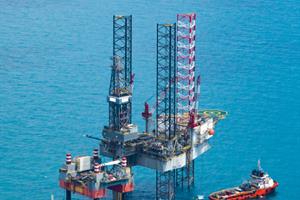 |
Food and Drink The food and drink we eat depends on the soil it grows in. Soil can contain many different minerals that can affect how our food grows. The minerals present in the soil are the result of how the soil and subsoil formed. In Ireland most of the soil was formed by glaciers during the ice ages. A map of the soil types of the whole of Ireland is available to download (redirect to publication page). | 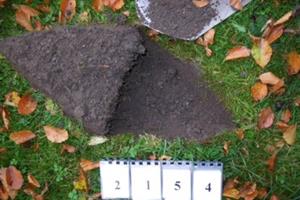
|
Fluoride in your toothpaste Fluoride is a naturally occurring mineral that is added to toothpaste to help protect your teeth from cavities. |  |
| Calcium for your bones and teeth We know that calcium is necessary for healthy bones and teeth and we know milk and dairy products are good sources of it but where does it come from? Calcium is a mineral that can be found in the soil and this means grass contains lots of calcium too. When cows eat the grass the calcium builds up in their bodies and comes out in their milk. | 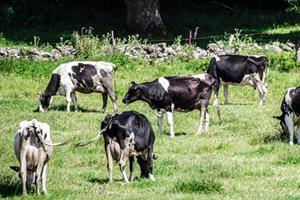 |
| Minerals in our smartphones and laptops Our smartphones and laptops rely heavily on minerals such as Lithium, Cobalt and Gold. View larger version of image (opens in a new window). | 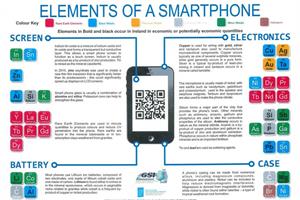 |
| Water The water we drink, the water we use to shower and the water we use to flush our toilets can come from sources above or below ground. Above ground we can use water from rivers or lakes that we can easily see but we can also find water beneath the ground. Water can sink through cracks and holes into rocks, here the water is stored in rock layers known as aquifers. This water can be reached using wells. | 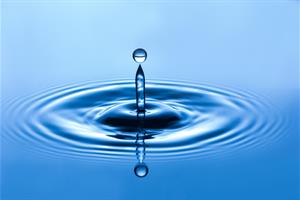 |
| | |